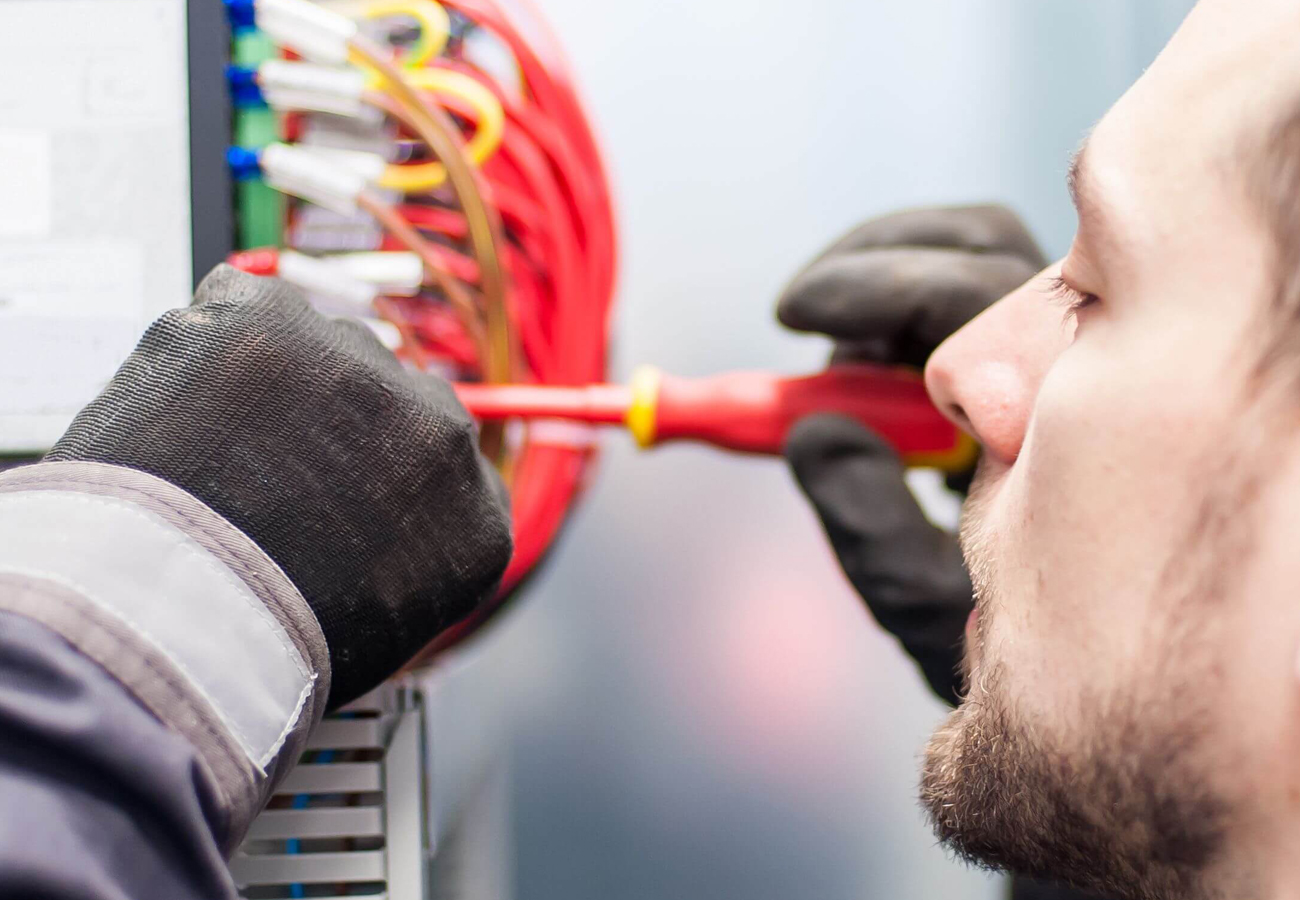Electrical injury, shit happens – or?

Are electrical injuries just bad luck?
No, says occupational health researchers Lars Ole Goffeng and Bo Veiersted.
We can do more to prevent accidents and treat them better.
Course: Electrical Injury, 18th – 20th of April 2023, STAMI, Oslo, Norway
More information: Course web page | Course registration | Last registration date: 1st of March 2023
Increasing risk of electrical injuries
The transition from technology based on fossil to renewable energy sources implies that the use of electric energy increases in progressively more parts of society and maintaining continuous electricity supply has become critically important for the modern society to function.
The risk and probability of becoming exposed to electric current in some way, either through production and distribution of electricity, use of electricity in various sectors, or production and maintenance of electric installations and equipment is increasing in all parts of society, and both low- and high-voltage electric current may be dangerous to your health.
Many people lack the necessary knowledge to act
As a consequence, we need increased knowledge of acute and long-term effects of such exposure, of characteristics and risk factors for electrical accidents, and of how to avoid them.
Most low-voltage accidents do not result in injury, but some may on the other hand, in worst case scenarios, cause acute cardiac arrest or long-term nerve injury, as well as other injuries. These risks increases considerably if victims are fixed to the current circuit, no-let-go accidents. High-voltage accident have a much larger potential for injury, as e.g. cardiac arrest, severe surface or tissue burns, nerve injury or psychological consequences.
Despite the inevitable increasing use of electricity in all sectors of society, knowledge of electrical accidents and injuries is lacking, in the general public and in the work-life in general, and among electricians, as well as health personnel. We are still reluctant to accept that accidents are inevitable, or that “shit happens”, so to say.
Bringing together knowledge and practical application
This NIVA course therefore aims at integrating and bringing together knowledge on symptoms and mechanisms for electrical injury, criteria for visitation and hospitalization, acute treatment, follow-up of victims and primary and secondary accident prevention. Through interactive lectures and group work, we aim to increase participants knowledge on electrical accidents/injuries and discuss how to improve their prevention, and treatment if necessary.
Main target groups of this course, are accordingly diverse, including both primary health care professionals, health services and clinicians responsible for treatment and follow-up after electrical injuries, as well as occupational safety technicians, safety deputies and other professionals in the electrical industry, in addition to researchers in this field.
More information: Course web page | Course registration | Last registration date: 1st of March 2023
